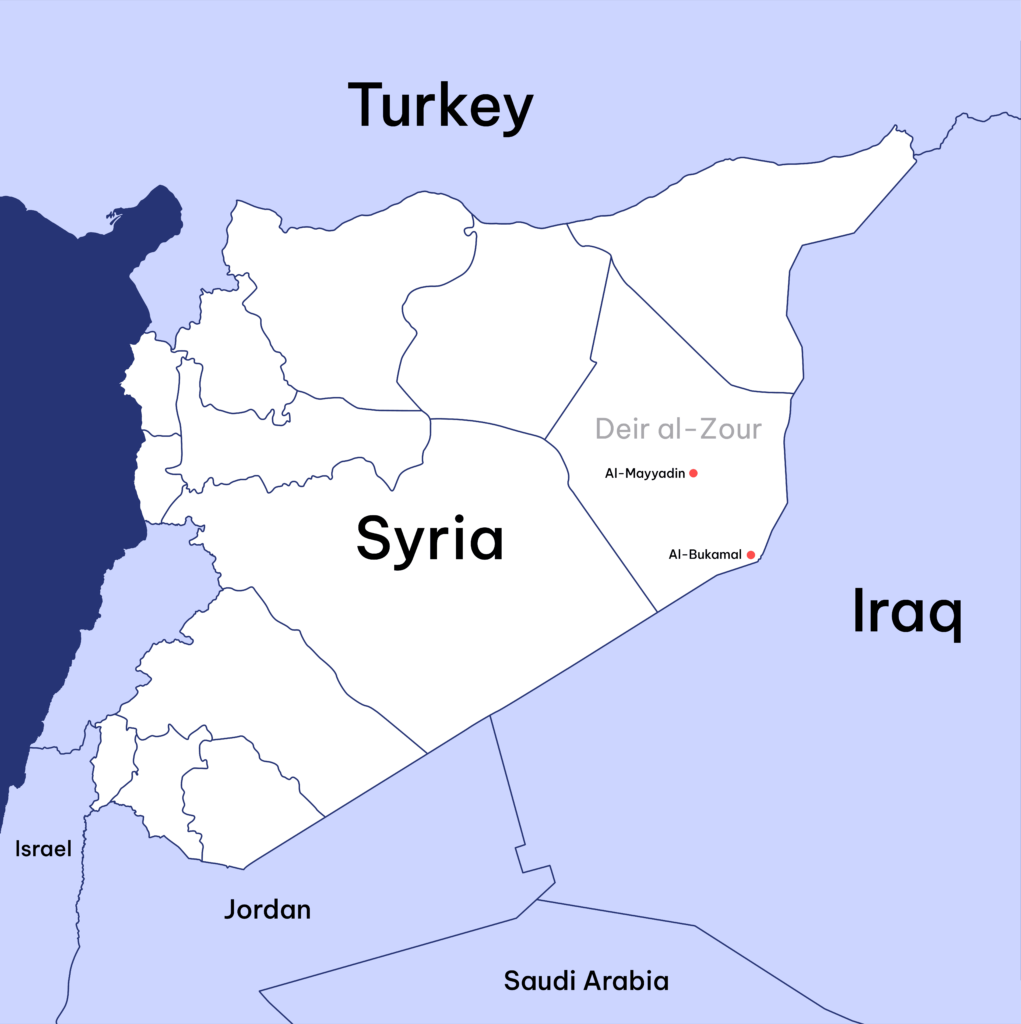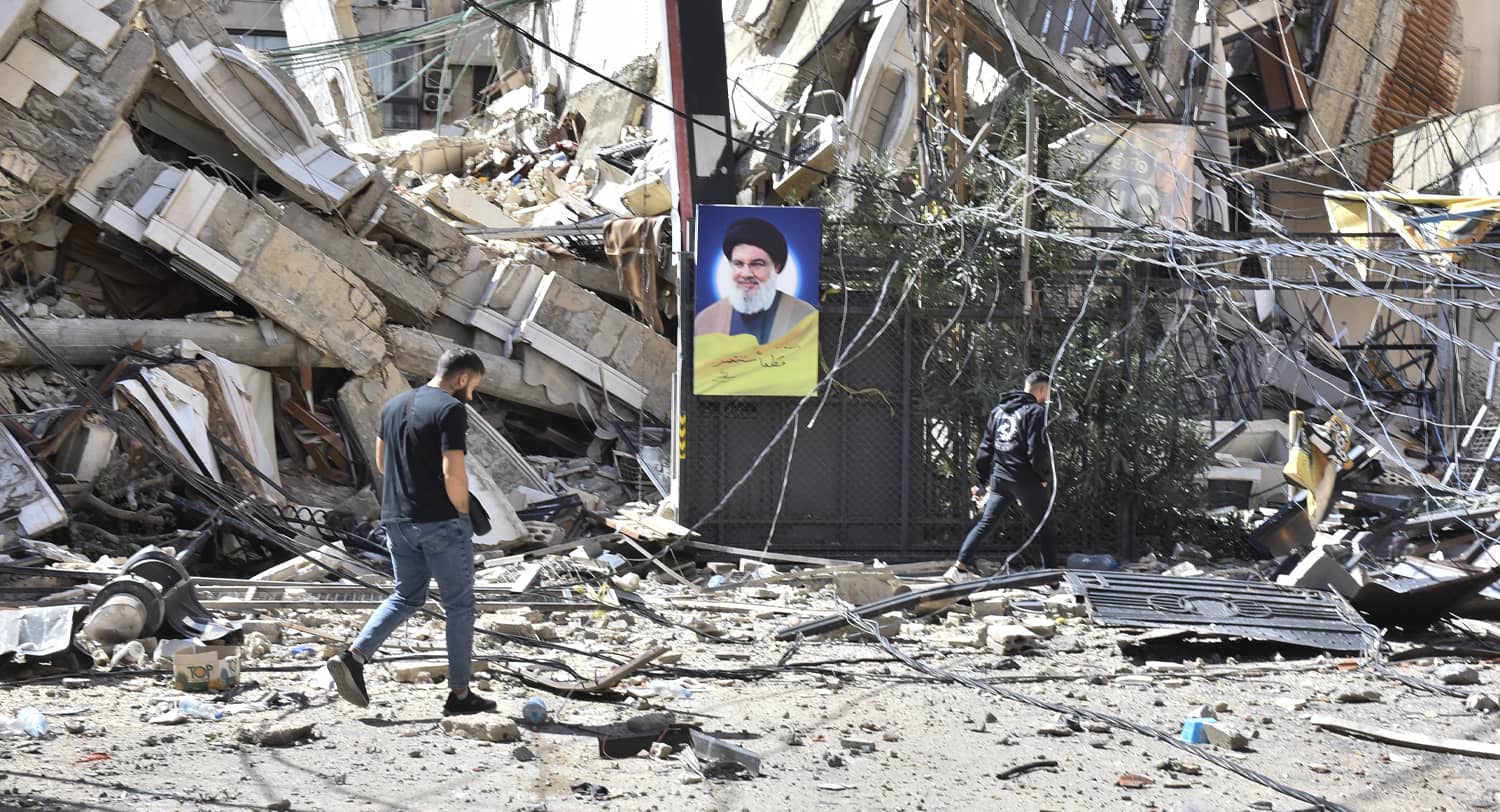Just three weeks ago, thousands of Hizbullah fighters, commanders, and activists were killed or injured in Israeli “pager” attacks. Next the terrorist organization’s top leaders, including Secretary General Hasan Nasrallah, were eliminated in Israeli airstrikes. Then, after Israeli warplanes bombarded Hizbullah’s stronghold in Beirut and bases in southern Lebanon, Israel invaded with two divisions, aiming to dismantle Hizbullah’s military infrastructure, including war tunnels and ammunition depots.
Israel’s ultimate objective is to cripple Hizbullah’s military capabilities in Lebanon and force the organization to withdraw north of the Litani River, greatly reducing its threat to Israel. In addition, the regional consequences of Israel’s offense are potentially far-reaching, given Hizbullah’s central role in supporting the Assad regime in Syria.
I visited Dahiya, Hizbullah’s stronghold in the southern suburbs of Beirut, nearly 20 years ago, as a journalist for the Russia newspaper Gazeta and Israel’s Russian-language TV Channel 9. A foreigner couldn’t move freely in the area— handbags were checked, identities verified, and suspicion hung thick in the air. This was during the height of the “Cedar Revolution,” sparked by the assassination of Prime Minister Rafiq al-Hariri in February 2005, and Dahiya stood in stark contrast to the rest of Beirut, which was grieving Hariri and flying the Lebanese flag in a wave of national solidarity. In Dahiya, yellow Hezbollah flags were everywhere and enormous portraits of Nasrallah, Imam Khomeini, and Ayatollah Khamenei dominated the streets.
Some of the youth wore checkered scarves in homage to Khomeini, while the women wore their black headscarves in Iranian fashion, quite different from the hijab seen in other parts of the Arab Levant.
Hizbullah was born with the backing and direction of Iran, and it thrived by exploiting Lebanon’s internal divisions, poverty, despair, and a deep hunger for change. Many Lebanese joined the movement, hoping to shape a better future—whether by resisting Israel’s occupation in the south or improving their economic condition.
Hizbullah’s true agenda was always larger than Lebanon, driven by Iranian regional interests, not merely local Lebanese aspirations. In Yemen, Hizbullah reportedly played a crucial role in training Houthi rebels, with particular emphasis on developing their missile capabilities.
Hizbullah’s footprint in Iraq is substantial, in training, funding, and arming pro-Iranian militias within the country, and thereby strengthening Iran’s influence over Iraq’s political landscape.
Most significant is Hizbullah’s influence in Syria. The group’s intervention in the Syrian civil war proved critical in supporting the Assad regime, a key Iranian ally. This involvement demonstrated Hizbullah’s capacity to shape regional conflicts in Iran’s favor.
Omar Abu Layla, the executive director of Deir EzZor 24 website, says “When we talk Hizbullah, we are talking about Iran’s main militia. It’s very important in northeastern Syria on the border with Iraq, in Deir al-Zour province at Al-Mayyadin and Al-Bukamal where they are coordinating directly with the IRGC. Some of its leaders evacuated, and no one knows where they are hiding – they might be hiding in Homs and Qusair. But Hizbulllah is still strong, weakening them in Syria will project immediately onto the Syrian regime.”

According to Abu-Layla, and other Syrian experts and activists who spoke with JST on terms of anonymity, there are currently between 7,000 to 20,000 Hizbullah fighters spread throughout Syria. Many are in Deir al-Zour, providing for shipments of Iranian weapons that cross into Syria from Iraq. Israel recently attacked these areas, Syrian sources claim, along with weapons depots in Homs, near Russian Khmeimim base.
Syrians remember the atrocities committed by Hizbullah, a foreign militia funded by Iran, on their soil. The celebrations after the assassination of Nasrallah, with dancing in the streets and sweets being handed out, perfectly captured a widespread sentiment in Syria.
Can Hizbullah withstand the current pressure from Israel and maintain its military influence in Syria? And what implications would a weakened Hizbullah, no longer able to safeguard the Syrian regime, have for the balance of power in the Middle East?
If the war between Israel and Hizbullah drags on, restive areas of Syria like Suwayda in the south, and rebels in Idlib in the north, might seize the opportunity to act against the Assad regime. This would pose a serious threat to the Syrian government, which has remained relatively quiet during Israel’s Lebanon offensive, likely aware of the potential consequences if Hizbullah loses its grip.
Despite its current setbacks, Hizbullah still commands tens of thousands of fighters and activists in Lebanon, with thousands more in Syria. This conflict is far from over, which is precisely why Iran is retaliating and threatening Israel.
The coming months will be crucial in determining Hizbullah’s role in Lebanon and beyond, and Iranian posture in the broader Middle East. The war that started on October 7, 2023 in Gaza, and expanded on October 8 a year later in Lebanon, will have far reaching consequences. The West must embrace these rapid changes and act on the opportunity presenting itself to weaken the Iranian grip on the Middle East.



